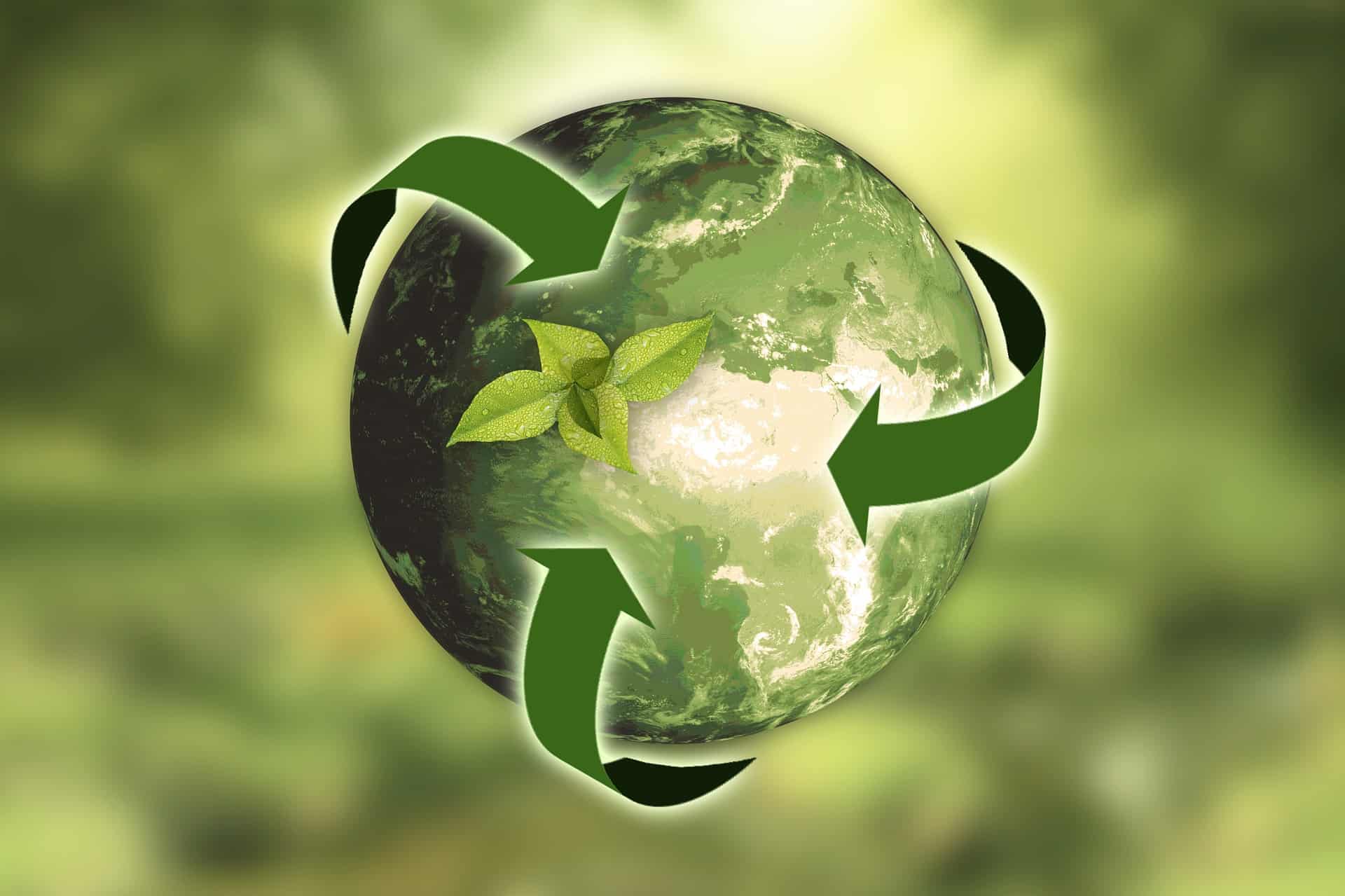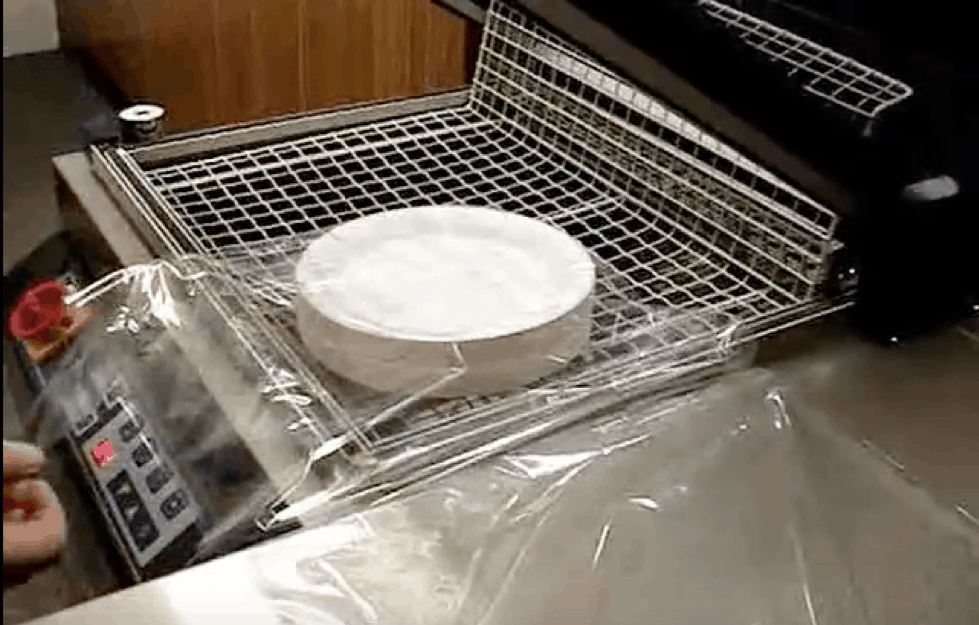Reducing our use of unnecessary wasteful plastic is very important for protecting the environment. At Kempner, we emphasise reducing our carbon footprint as much as possible through minimising film thickness, which decreases the amount of plastic in our products. In this article, we go through precisely why we have this focus on reducing the amount of plastic in our polyolefin shrink films and why our packaging solutions can reduce your environmental footprint.
Reduction Versus Recycling

One of the best things for the environment in the last few years has been the introduction of the 5p levy on plastic bags. Since being introduced, new plastic bag sales are down 86%, hugely reducing the amount of plastic we use on a day-to-day basis without recycling.
The three R’s of environmentalism are: ‘Reuse, Reduce, and Recycle’. The plastic bag levy reduced the amount of plastic we consume on a day-to-day basis but did not change the amount we recycle. To improve our environmental impact as a business, we aim to reduce the amount of polymer we use while still providing quality products.
Specifically, we at Kempner continue to reduce our environmental footprint by using thinner and thinner polyolefin shrink film. For example, by using ultra-thin 8.5-micron shrink wrap, we use up to 55% less non-biodegradable material than our competitors. By continuing to make our shrink wrap thinner and stronger using cutting-edge equipment and technology, we reduce the amount of plastic needed to wrap any product.
Can You Recycle Shrink Wrap?

Recycling is a great way to make sure the things we throw out do not end up in the landfill. The more we recycle, the better an impact we have on the planet. However, recycling is a complicated business – it still has a waste footprint and requires someone to reuse what you throw away.
Plastic, in particular, can be problematic to break down – if shrink wrap were to break down easily, it would not make a very safe packaging material, after all! As shrink wrap is a struggle to degrade, it is more expensive and energy-intensive for waste companies to recycle. This means we need to use innovative techniques to reduce the carbon footprint of our packaging materials.
One way of producing easily recyclable polyolefin shrink wrap would be using biodegradable plastic. Unfortunately, though the term ‘biodegradable’ has become a common word in today’s society, there are not yet any biodegradable shrink wrap plastics on the market. Instead, some companies offer ‘degradable’ shrink plastic films. However, these films can have an even worse impact on the environment.
Some companies do now offer oxo-degradable or degradable shrink wrap plastics. While these plastic polymers are supposed to be more able to break down, the evidence is somewhat unclear. Some companies, which have claimed to create oxo-degradable plastic that breaks down within two years, have struggled to prove their effectiveness – read our article on biodegradable bags to find out more. At the moment, though, the jury is still out on the efficacy of oxo-degradable plastics.
Switch to Degradables or Start Reducing Plastic?

Unfortunately, reducing your carbon footprint is not as simple as swapping from plastics to bioplastics. Suppose a packaging company developed a polyolefin shrink film with a 40% polyethylene-ethanol mix. The 40% ethanol is a bio-based plastic, and comes from a renewable source, but is not bio-degradable. In other words, it might reduce the amount of pollution in creating the product, but it produces the same amount of landfill waste.
What is worse is that, because of the chemicals involved, the new film has to be thicker: many 40% polyethylene-ethanol wraps are 15 microns thick – six microns renewable, nine microns conventional polymer. By contrast, our own 100% polyethylene (PE) wrap is just 8.5 microns thick. In other words, the bio-based plastic contains even more non-renewable plastic!
This is why we have been focussing on minimising the amount of plastic we are using per square metre of shrink wrap rather than changing our base materials. By making thinner film, we have successfully made our wrap one of the most environmentally friendly on the market.
We hope you found this article informative. If you want more information, please get in touch, and our expert team will be happy to discuss how we can help you find a packaging solution that suits your needs as well as those of the environment!


